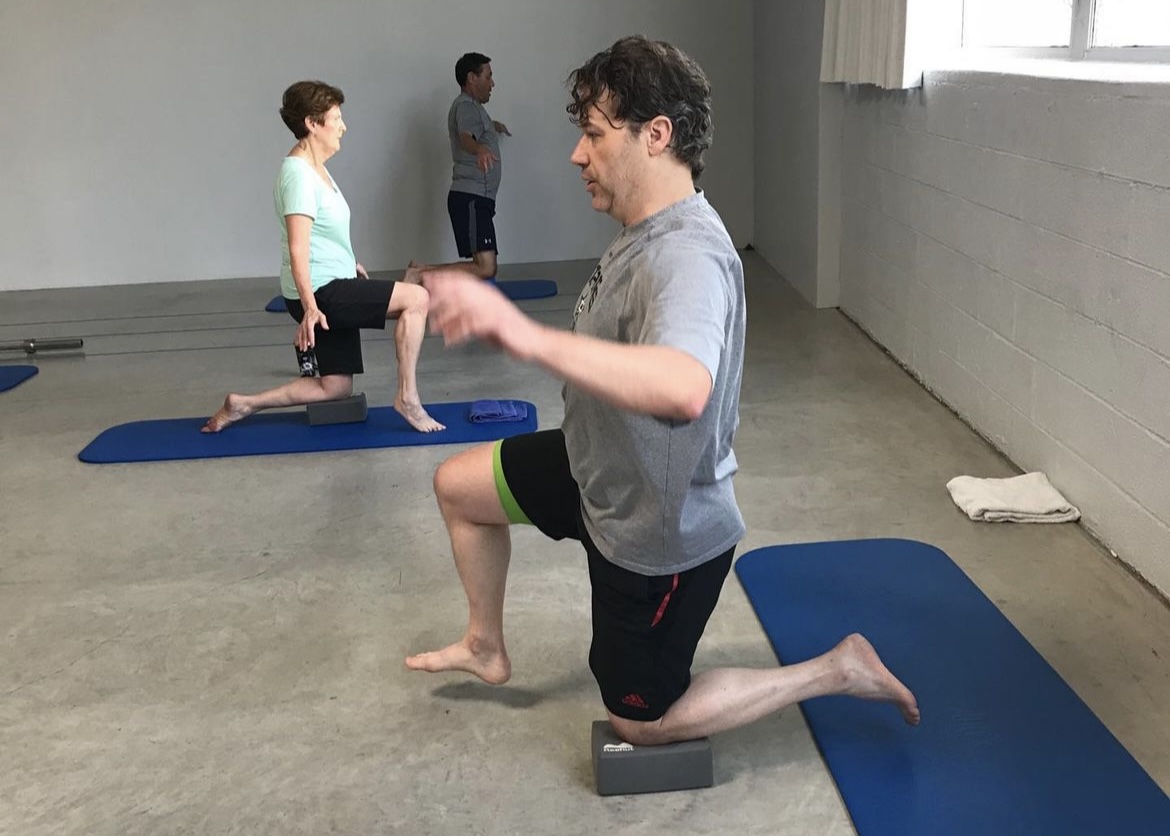Proprioception: The physiology that controls an articulation depends on numerous control mechanisms located in the muscle tendons, ligaments and articular capsule. Therefore, it is advisable to train these “micro-computers”to increase or revive control of a joint. Following a sprain, to treat arthrosis, to recover articular mobility, and to improve efficiency of movement, these various aspects of proprioception must be trained.
“However, this work must be very precise. Because it is not the joint that is trained as a whole but a specific ligament or part of the capsule within that joint.”
This class will teach the hundreds of exercises that may be used throughout the body for this proprioceptive work.
Awareness: How can an articulation be trained, a muscle strengthened, or a posture corrected, if the brain does not know the area being treated? How does a spine remain straight, if the feeling of being straight is skewed? The cortex must be trained to become acquainted with and recognize every area of the body. A strict methodology involving four progression factors is indispensable to really becoming familiar with the pelvis; the cervical, thoracic and lumbar spine; and the various diaphragms.
You will learn how to apply the very important and often neglected aspect of awareness in your daily practice.

Study Questions
1. What is Proprioception?
2. Discuss the 3 rules of proprioception methodology.
3. Name the 4 principal types of receptors that give information of the limb i space, and speed and direction.
4. Discuss the ankle joint and its relational anatomy.
5. Discuss the role of the fibula.
6. What ligaments attach to the fibula?
7. What type of joint is the knee?
8. Discuss the similarities and differences of the coxo femoral and gleno humeral joints.
